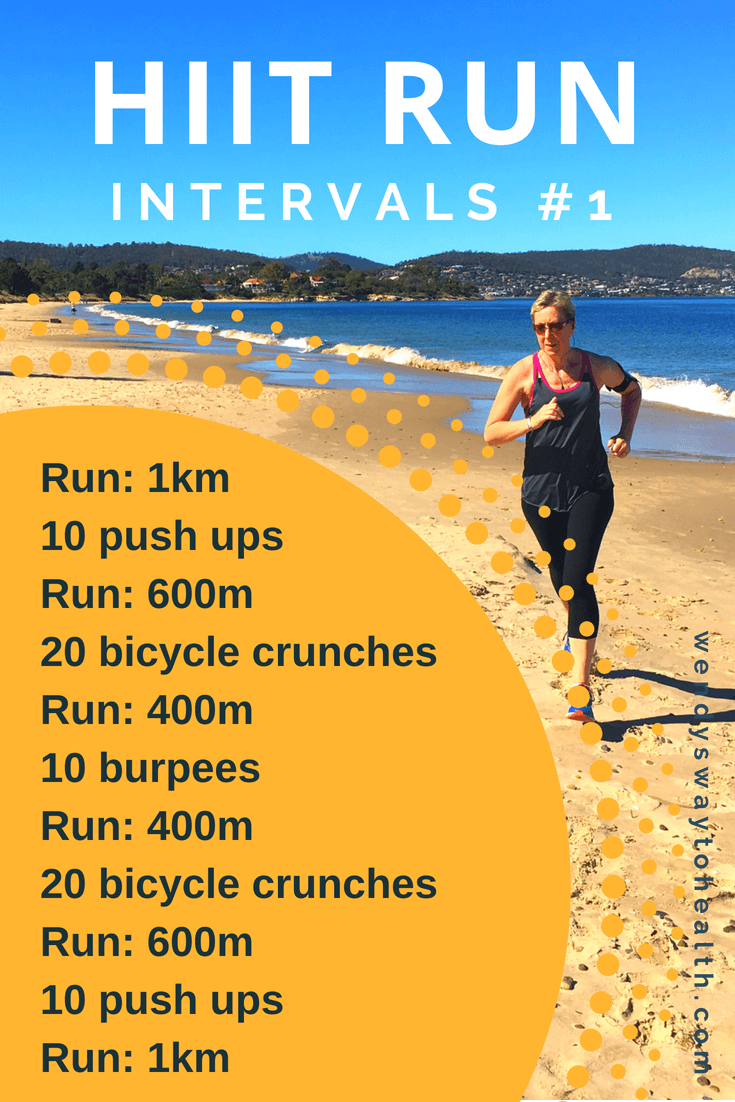Running Workout Techniques: Strategies to Boost Endurance and Speed
Running Workout Techniques: Strategies to Boost Endurance and Speed
Blog Article
Overcoming Discomfort in Running: Techniques and Methods That Job
Discomfort is a typical friend for many joggers, typically acting as a barrier to achieving their wanted objectives. Nonetheless, with the right methods and strategies, it is feasible to get over and also prevent the discomfort connected with running. By checking out different techniques such as comprehending the various kinds of running discomfort, optimizing shoes and form, integrating cross-training and strength workouts, applying reliable healing techniques, and preserving proper nourishment and hydration, joggers can potentially minimize their pain and enhance their total running experience.
Understanding Various Kinds Of Running Discomfort

An additional sort of running discomfort is joint pain, which can materialize as a sharp or achy discomfort in locations such as the knees, hips, or ankles (running strategy). Joint pain might be caused by factors like inappropriate running form, overuse, or underlying conditions like joint inflammation (my site). It is necessary to differentiate between muscle mass discomfort and joint pain, as the latter may need medical interest to stop additional injury
Recognizing the different kinds of running pain is critical for reliable management and prevention strategies to make sure a risk-free and delightful running experience.
Proper Shoes and Running Form
To enhance performance and minimize the danger of running-related injuries, picking appropriate shoes and keeping appropriate running type are necessary elements for runners of all degrees. It is recommended to pick running footwear that are specifically made for the individual's foot kind, running stride, and the type of running task they involve in.
:max_bytes(150000):strip_icc()/running-longer-or-faster-31e97070bda14ffc8afdea52094504c7.jpg)
Cross-Training and Strength Workouts
Toughness exercises, like squats, lunges, and core workouts, play an important role in maintaining muscles and improving running performance. They can fix muscle mass inequalities, enhance dexterity, and boost power result, all of which are crucial for running performance.
Integrating cross-training and strength workouts into a running regimen needs to be done strategically. It is important to enable ample rest in between running sessions and cross-training tasks to avoid overuse injuries. In addition, concentrating on proper type and strategy during strength workouts is vital to optimizing their benefits and minimizing the risk of injury. By incorporating these aspects into a running regimen, runners can develop a more powerful structure, boost performance, and take pleasure in a much more sustainable running experience.
Healing and Relax Methods
Having established the relevance of cross-training and stamina workouts in a comprehensive running regimen, interest can now be routed in the direction of Recuperation and Relax Strategies as essential components for enhancing performance and lowering the threat of injuries. (running workout)
Recuperation after running is essential for muscle fixing and development. Strategies such as foam rolling, stretching, and massage therapy aid in reducing muscle mass soreness and enhancing versatility. Ample remainder in between runs permits the body to recuperate and adapt to the physical stress and anxiety, preventing additional reading overuse injuries.
Including active healing days into a training schedule, where low-intensity activities like walking or biking are performed, can boost blood circulation and promote recovery without putting excess pressure on the muscle mass. In addition, appropriate hydration and nourishment play an important duty in the healing process by renewing lost liquids and nutrients.
Quality sleep is one more crucial facet of recuperation that need to not be overlooked. Throughout rest, the body goes through repair work and regeneration processes, adding to general physical and psychological well-being. By focusing on healing and rest methods, joggers can maintain optimal efficiency levels and decrease the possibility of experiencing pain or injuries.
Nourishment and Hydration for Runners
Carbs supply power for running, while proteins aid in muscle repair and healing. Appropriate hydration is likewise necessary to maintain optimal efficiency, as even mild dehydration can adversely impact running performance. In addition, timing dishes and treats properly before runs can aid prevent stomach pain and provide the necessary energy for peak performance.
Conclusion
To conclude, by comprehending the various kinds of running discomfort, putting on proper shoes, keeping right running kind, including cross-training and toughness exercises, focusing on healing and rest, and concentrating on nutrition and hydration, joggers can successfully overcome pain and improve their efficiency. Implementing these strategies and methods can aid joggers avoid injuries, improve their endurance, and ultimately enjoy an extra satisfying running experience.
Report this page